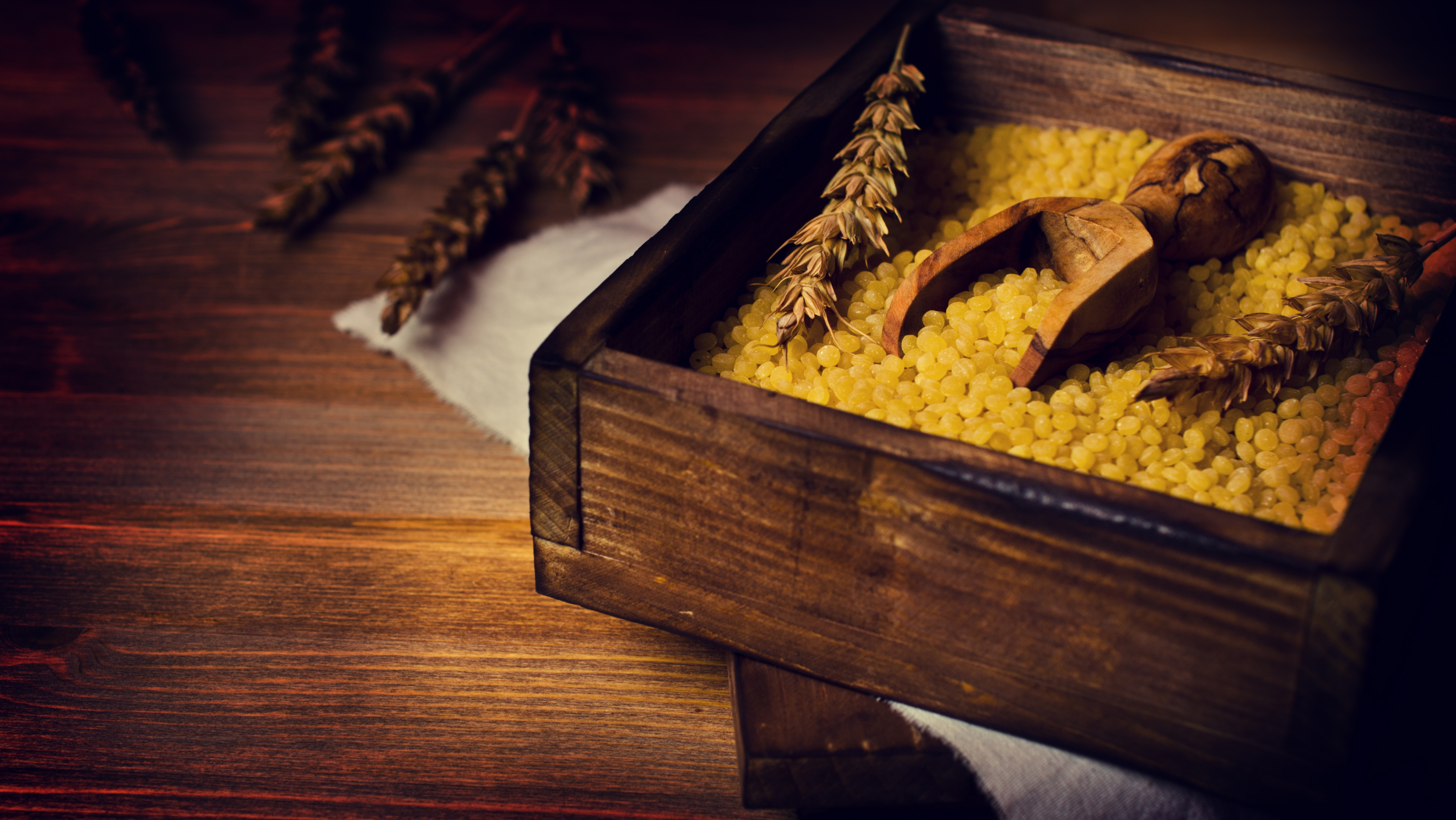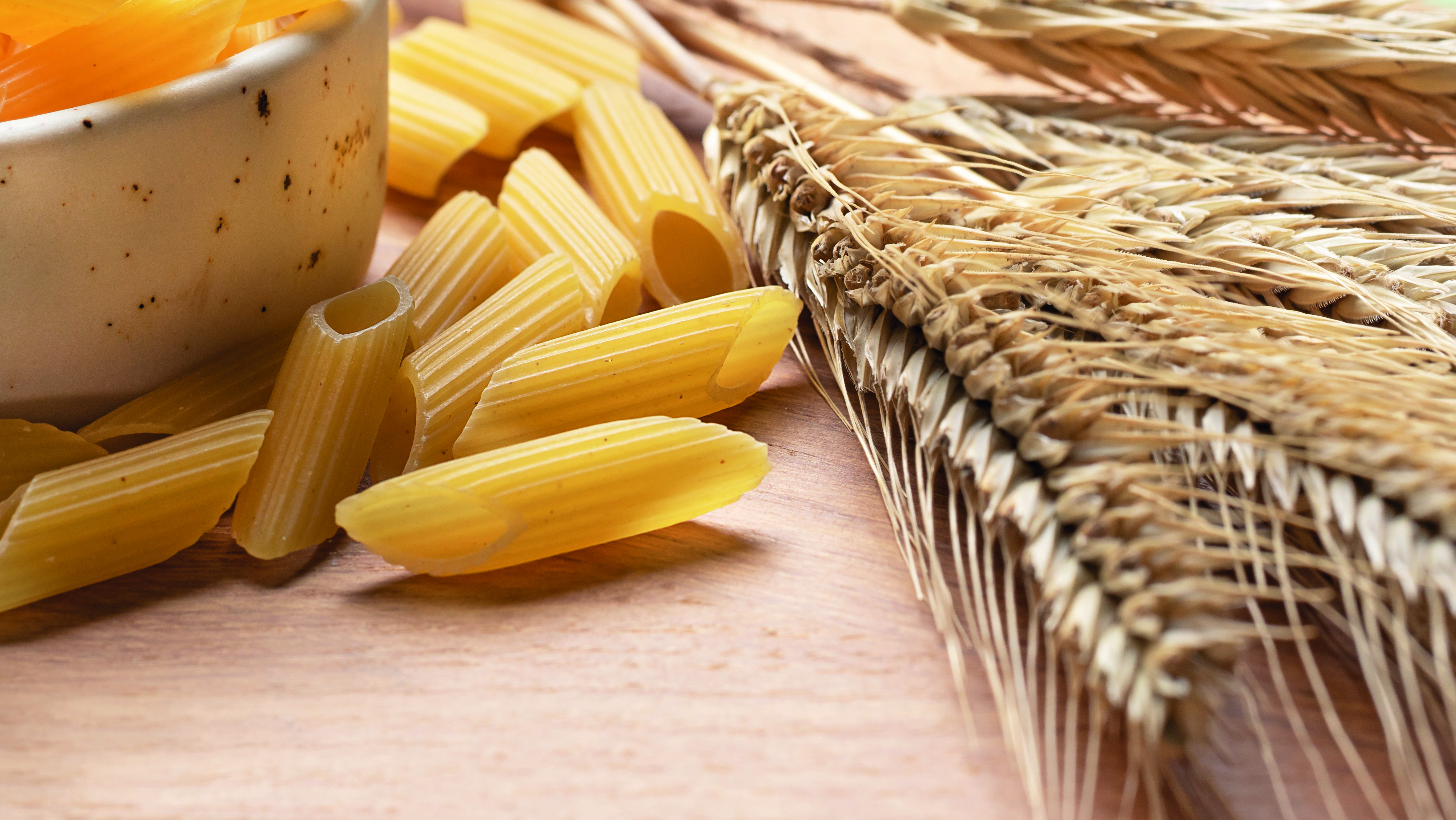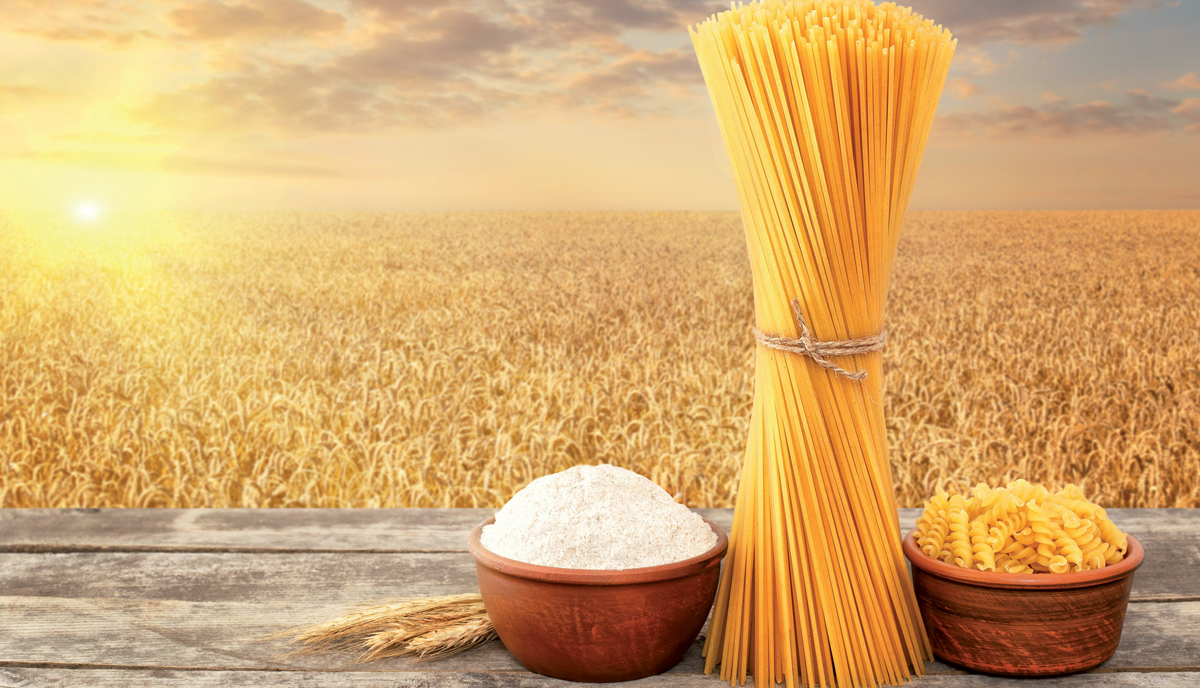Pasta and the Aureo durum wheat variety
After reading the article published in the April 2022 issue of the Journal of Dissemination of Agricultural Culture of the National Academy of Agriculture, it is possible that we may come to look with different eyes at a pasta dish, that is sometimes taken for granted, thanks to a new awareness of the precious work from which “organoleptic delights” such as consistency, cooking firmness and “interaction with the sauce” that we have always appreciated are derived.
An all-Italian story, resulting from an optimal interaction between a key user, a seed company and a major international research network
The production of durum wheat is mostly concentrated in semi-arid areas where it shows better production performance than other cereals. These are often marginal areas subject to strong environmental variability, with low average yields and strong production fluctuations. Italy, in particular, produces 3.5-4.5 million tonnes of durum wheat per year.
However, this volume is not sufficient to cover a domestic requirement of around 6 million tonnes with which more than 3.5 million tonnes of pasta shall be produced (taking into account other uses and the grinding yield, i.e. the quantity of semolina obtained from one kg of wheat, is on average around 70%), of which around 60% is exported.
Subscribe to the magazine to read the full article








